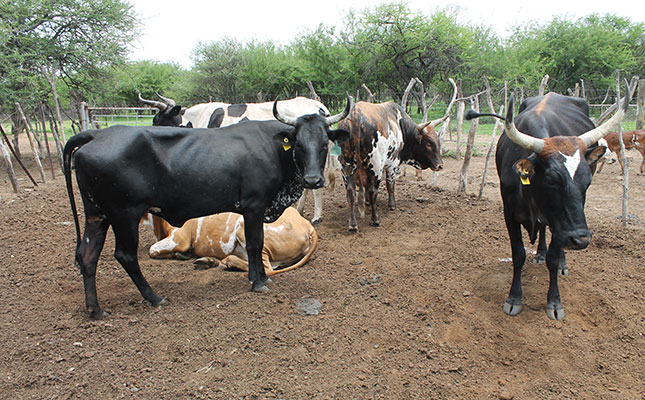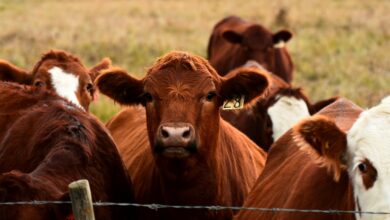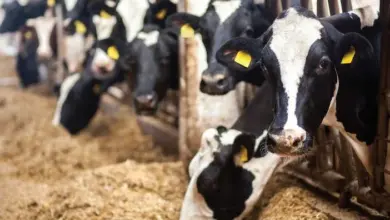Biosecurity protocols to combat livestock diseases
Communal farmers need to work together to devise biosecurity protocols and make sure they apply to everyone. This is the only way to keep the communal herd free of diseases, says Shane Brody.

Foot-and-mouth disease (FMD) and other economically destructive livestock diseases
have created major problems for farmers recently, even threatening their livelihoods. It’s more important than ever that farmers set up biosecurity protocols to help prevent the spread of livestock diseases.
Instituting protocols or rules on a commercial farm is relatively simple; in communal areas,
where there are many farmers, it’s more difficult, and working as a team is crucial.
Put another way, the entire community needs to work together to enforce these rules. If even a single farmer ignores protocols, a disease can spread rapidly.
By working together, the community can help control diseases of every type, from FMD to sheep scab.
Before setting up biosecurity protocols
It’s important to get the basics right before implementing biosecurity protocols for the community:
- Farmers’ association: Make certain that your community has a functioning and informed farmers’ association. This association should stay in regular contact with
your local department of agriculture, commodity organizations (such as the National Wool Growers’ Association of South Africa), and your state veterinarian, who can inform you about new disease outbreaks. Send a delegation to meet with these organizations and people regularly. - Community meetings: Arrange regular community meetings (perhaps once or twice a month) to discuss action strategies for disease outbreaks. Keep community members informed at all times.
- Training: Elect and train people in the community to recognize the disease symptoms and what treatments to use. Also, make sure they know who needs to be contacted
the event of a suspected outbreak. For this job, choose people who are always present (that is, who don’t have jobs that keep them away for extended periods). - Combine resources: Pool resources to pay the community members who will enforce biosecurity measures, and equip them with the right medication.
Biosecurity protocols
Once the general planning has been completed and accepted by the entire community, implement the following protocols:
- Don’t buy livestock from provinces where there are active disease outbreaks, unless such livestock has been cleared by a registered vet in terms of government laws or protocols.
- Ensure that you have all pertinent documentation before livestock is offloaded. Record details such as where and from whom the livestock was bought, veterinary documentation, and the animals’ health status. Your farmers’ association secretary should keep these records on file; traceability is important during times of disease outbreaks.
- Build a quarantine zone in your community (away from other livestock), where newly bought livestock can be inspected for any symptoms of disease. Such a facility should have adequate drinking water, shelter and feed to sustain newly introduced livestock for at least 10 days. Farmers who own the livestock can be asked to pay a small fee for the maintenance of quarantined animals.
- Disinfect this facility regularly with products registered for such use. Ensure that the disinfectant doesn’t contaminate feed and watering areas, and get advice on how the disinfectant can be used safely. Train people on how to use it safely and how to disinfect themselves before and after handling livestock. Disinfect all people and vehicles entering the quarantine zone. Ask your local state vet how such vehicles and persons can be treated safely.







